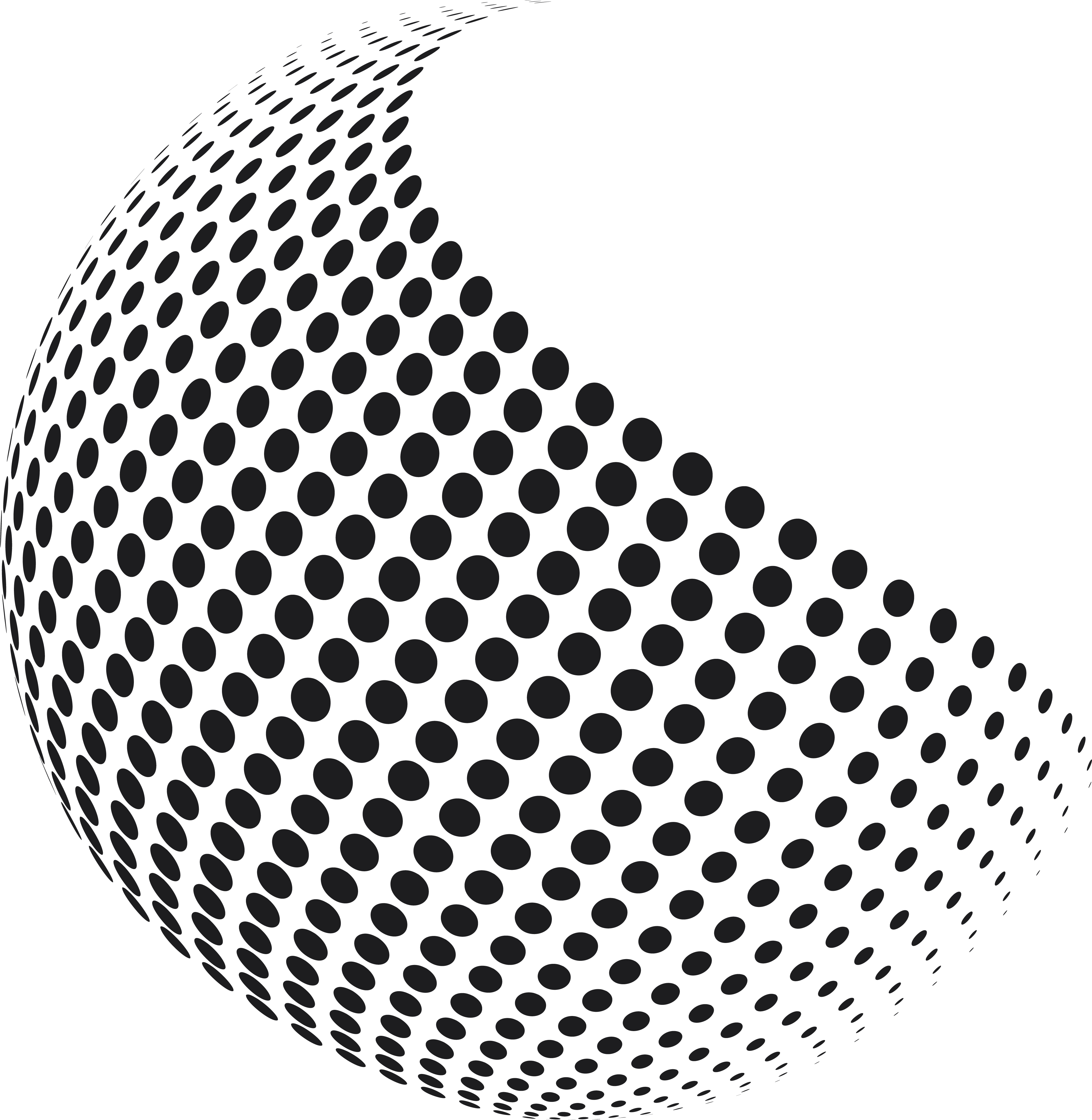Explore fabric: Cotton Digital Print Fabric | Linen Digital Print Fabric

As the fashion industry increasingly turns its attention to sustainability, the demand for eco-friendly fabrics has skyrocketed. Consumers are no longer satisfied with just stylish and comfortable clothing—they want to know that their choices are good for the planet too. In response, the textile industry has made incredible strides in developing sustainable fabrics that promise to change the future of fashion.
Fashion shouldn’t cost the earth, and with sustainable innovations, it no longer has to.
The Rise of Sustainable Fabrics
Sustainable fabrics are not a fleeting trend; they are the future of the fashion industry. These textiles are designed with minimal environmental impact in mind, from the way they’re produced to how they’re disposed of. Let’s explore the innovations that are making eco-friendly fashion a reality.
1. Biodegradable Fabrics: Closing the Loop
Traditional synthetic fabrics can take hundreds of years to decompose, polluting our planet in the process. In contrast, biodegradable fabrics are engineered to break down naturally over a much shorter period, returning to the earth without leaving harmful residues.
• Examples: Organic cotton, hemp, bamboo, and Tencel are popular biodegradable fabrics that are not only eco-friendly but also soft and breathable.
• Innovation Spotlight: New materials like Piñatex (made from pineapple leaf fibers) and Mylo (a leather alternative made from mycelium) are leading the way in sustainable fabric innovation.

2. Recycled Fabrics: Giving New Life to Old Materials
Recycling is one of the cornerstones of sustainability, and the textile industry is embracing this concept wholeheartedly. Recycled fabrics are made from repurposed waste materials, including discarded garments, plastic bottles, and industrial waste.
• Examples: Recycled polyester, often made from plastic bottles, is increasingly being used in everything from athletic wear to high fashion.
• Innovation Spotlight: ECONYL, a regenerated nylon made from ocean and landfill waste, is now being used by top fashion brands to create sustainable swimwear and accessories.

3. Eco-Friendly Dyeing and Finishing Techniques
The dyeing process in textile production is notorious for its heavy water usage and chemical pollution. However, new techniques are being developed to make this process more sustainable.
• Examples: Waterless dyeing methods and natural dyes derived from plants and minerals are gaining popularity as eco-friendly alternatives.
• Innovation Spotlight: Companies like Colorifix are using biotechnology to create dyes from microorganisms, reducing the environmental impact of the dyeing process.

4. Circular Fashion: A New Model for Sustainability
Circular fashion is an innovative approach that aims to extend the lifecycle of garments by designing them for longevity, reusability, and recyclability. The idea is to keep products in use for as long as possible and recycle them into new products at the end of their lifecycle.
• Examples: Brands are beginning to design garments with modularity in mind, allowing pieces to be easily repaired or updated.
• Innovation Spotlight: The emergence of take-back programs, where brands collect old garments for recycling or resale, is a promising development in the circular fashion movement.

5. Organic Fabrics: Farming with a Conscience
Organic farming practices aim to minimize environmental harm by avoiding synthetic chemicals and promoting biodiversity. Organic fabrics are a key component of sustainable fashion, offering consumers a more eco-conscious choice.
• Examples: Organic cotton and wool are produced without harmful pesticides or synthetic fertilizers, making them kinder to the environment.
• Innovation Spotlight: The push for organic certification is helping to ensure that fabrics labeled as “organic” meet strict environmental and ethical standards.

As we move towards a more sustainable future, the textile industry plays a crucial role in shaping eco-friendly fashion. Innovations in fabric production, dyeing, and recycling are paving the way for a more responsible and sustainable approach to fashion. By embracing these innovations, we can enjoy beautiful, stylish clothing that doesn’t come at the expense of our planet.
The future of fashion is not just about what we wear, but how it’s made. Sustainability is the new standard, and it’s here to stay.
Are you ready to embrace sustainable fashion? Explore our wide range of eco-friendly fabrics and discover how you can make a difference with every purchase. Share your thoughts in the comments—what sustainable fabric innovation excites you the most?

Comments